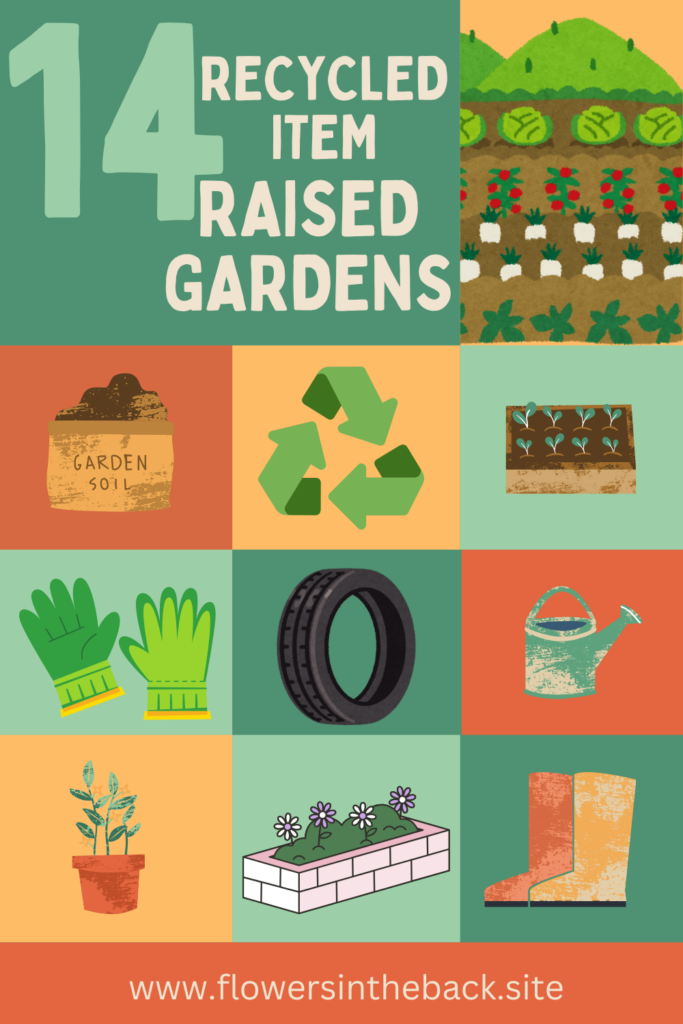____________________________________________

The Many Benefits of Raised Garden Beds
If you’re thinking about starting a garden or looking to improve your current setup, you might want to consider the many advantages of raised garden beds. These elevated areas are not just a trendy garden feature—they’re a practical solution packed with benefits for gardeners of all skill levels.
Optimal Soil Conditions
One of the standout features of raised garden beds is the ability to customize your soil. This is a game-changer, especially if the natural earth in your area isn’t ideal for growing. In a raised bed, you can mix the perfect soil to ensure your plants thrive, avoiding issues like soil compaction and poor drainage. Plus, the soil in raised beds warms up more quickly in the spring, which can kickstart your growing season earlier than usual.
Enhanced Drainage
Thanks to their design, raised beds naturally prevent waterlogging by improving drainage. This is crucial for plant health, as soggy soil can lead to root rot and other harmful diseases. The elevated structure means that even in wet climates, your plants will be sitting pretty and dry.
Ergonomic Benefits
Gardening should be a pleasure, not a pain. Raised beds can be a real back saver, literally. By elevating the soil surface, they reduce the need to bend over or kneel down. This makes gardening more accessible for those with mobility issues or back problems, allowing everyone to enjoy the digging and planting without the ache.
Pest Control
Raised garden beds can also help in keeping some pests at bay. The height can discourage critters like slugs and snails from munching on your plants. And if you’re worried about burrowers like gophers and moles, you can line the bottom of your beds with hardware cloth to keep them out.
Aesthetic and Order
Beyond functionality, raised beds can dramatically improve the look of your garden. They offer a neat, organized space for your plants, making it easier to manage crop rotation and maintain overall garden health. Plus, they look great, adding a structured and stylish element to your outdoor space.
Different types of Garden Beds
Pallet Garden Bed:
Use wooden pallets to create a raised bed by stacking them and securing them together. It’s a cost-effective option.
Brick Garden Bed:
Arrange bricks in a rectangular shape, fill the empty spaces with soil, and you’ve got yourself a sturdy raised bed.
Recycled Tires Garden Bed:
Stack old tires on top of each other, fill them with soil, and create a unique raised bed that’s great for small spaces.
Wine Barrel Garden Bed:
Repurpose old wine barrels by cutting them in half, adding drainage holes, and filling them with soil for a charming raised bed.
Wooden Frame Garden Bed:
Build a simple wooden frame using boards or planks, secure them together, and fill it with soil for a classic raised bed look.
Trough Garden Bed:
Repurpose an old trough or large container by adding drainage holes and filling it with soil for a unique and portable raised bed.
Tiered Garden Bed:
Build a multi-level raised bed using stacked wooden frames or terracotta pots, creating a visually appealing and space-efficient garden.
Window Box Garden Bed:
Attach window boxes to a fence or wall, fill them with soil, and grow herbs or flowers in a vertical and space-saving manner.
Salvaged Materials Garden Bed:
Get creative by repurposing old furniture, bathtubs, or even wheelbarrows as unique raised beds that add character to your garden.
Old Dressers:
Give new life to an old dresser by removing the drawers and filling them with soil. Each drawer can be a separate planting space for different herbs or flowers.
Repurposed Gutters:
Mount old gutters horizontally on a wall or fence to create a unique vertical garden. Fill them with soil and plant trailing plants or herbs like strawberries.
Wooden Crates:
Stack wooden crates on top of each other to create a multi-tiered garden bed. Fill each crate with soil and plant your desired plants at each level.
Tin Cans:
Clean and paint tin cans, then drill drainage holes in the bottom. They make great small planters for herbs or small flowers. Hang them on a fence or wall for a charming vertical garden.
Wooden Ladders:
Lean an old wooden ladder against a wall or fence and use the rungs as shelves for potted plants. It adds a rustic and vertical touch to your garden.
